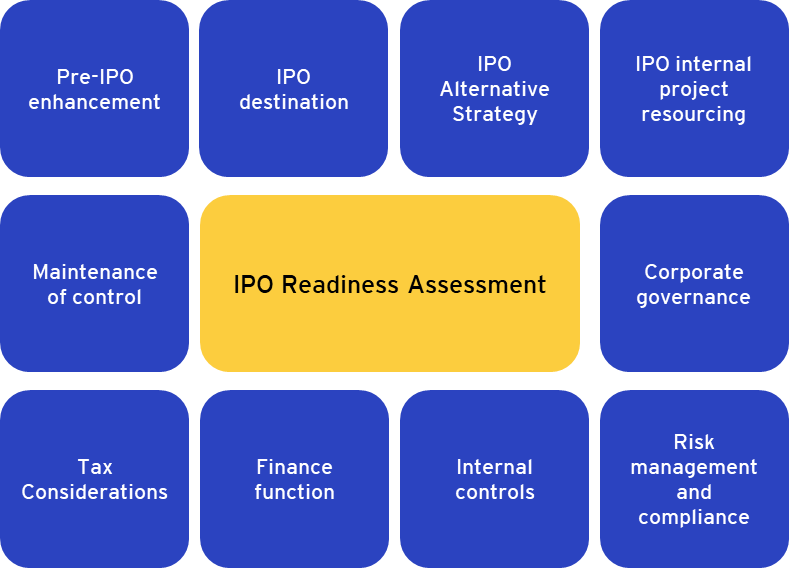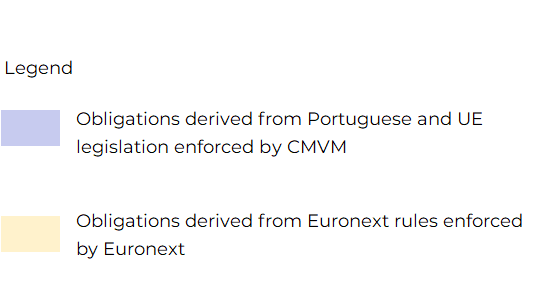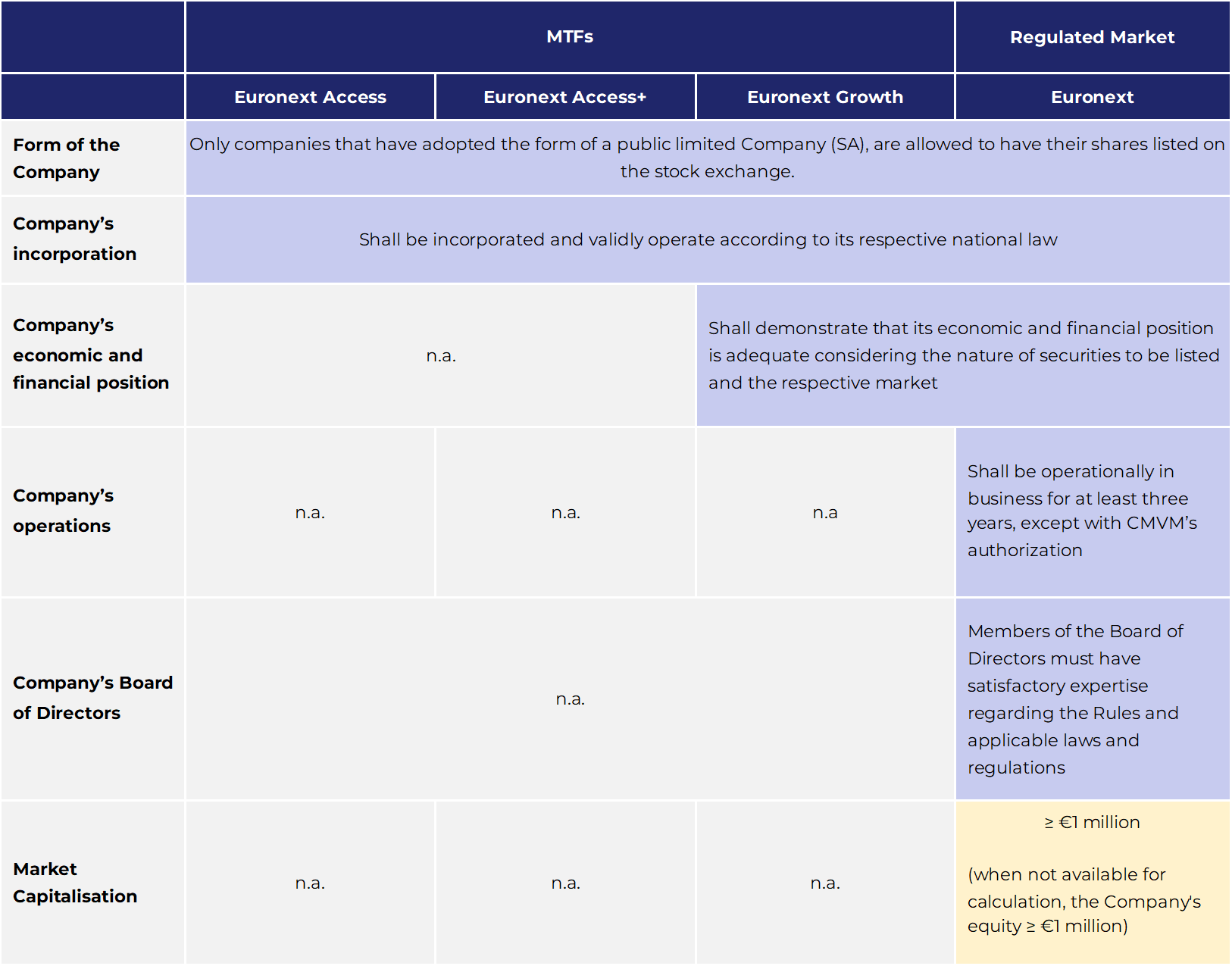Last updated:
Your company is on the rise, and to reach your full potential, you consider an IPO as your next step. But is your Company prepared to operate effectively as a public company?
Successful IPO candidates will begin the transformation process well in advance. Companies that outperformed the market after an IPO often start planning to begin functioning like a public Company typically 6 to 12 months before finalizing the process of going public.
The length of this period (which, in certain cases, can even be shorter) depends on several aspects, in particular, the stage of the Company’s development, the governance and internal organization it has already in place. That is also very important on the long run, considering sustainability of the company and its business model.
In the Planning phase, the main aspects to be covered are (i) the IPO Structure and main features; (ii) the Eligibility criteria; and (iii) the Appointment of Advisors. The following sections will cover each one of these (click on the diagram to fast-travel to any specific caption).
3.1.1.1.1. IPO Structure and main features
3.1.1.1.1.1. Strategic Options
After considering and evaluating the alternatives, does an IPO come up as the right strategy to achieve your goals?
Even if an IPO is the final goal and your favored approach to raise capital, you should consider other financing options that could serve as attractive alternatives to a public listing in terms of shareholder and corporate goals.
A detailed evaluation of the suitability and viability of M&A, a private equity investment or other alternative transactions should always be considered when assessing whether to pursue an IPO. These alternatives and a comparative analysis between them are available in section ‘2.1. How can your company finance its funding needs?’.
With all the possible alternatives for raising capital, you’ll need a clear understanding of what’s required, how long the process will take, how much it’ll cost, and if routes will need to be performed simultaneously.
What are the different ways of listing?
As a rule, the admission to trading of the shares is preceded by an offer for subscription of shares, carried out through a Public Offering and/or through a Private Placement.
While the former is addressed to all investors, opening to the public the possibility to subscribe the Company’s shares prior to their admission to trading, the Private Placement is addressed to a selected group of investors and institutions and negotiated in a confidential manner, this being a private alternative to raise capital.
A possible consequence of Private Placements is the lower liquidity of the shares because they remain in the ownership of a restricted number of investors.
TIP
1. In the same Offer, the Company/its shareholders may decide to offer both newly issued shares and pre-existing shares. This way you may assure the funding required for the business, as well as liquidity for the existing shareholders (as well as reducing the concentration of risk of their individual assets).
2. The Company may undertake both a Public Offering and a Private Placement simultaneously. This approach enables the Company to benefit from both formats, namely from the increased exposure of the Public Offering and the attraction of reference Institutional Investors arising from the Private Placement. For further information please see sections 3.1.1.3.3.1. Investors targeted by the Offering, 3.1.1.3.2. Pricing and 3.1.1.3.4. Allocation of shares.
When the eligibility criteria to be admitted to trading are fulfilled, notably in what regards the level of free float of the Company’s shares, (please refer to section ‘3.1.1.1.2. Eligibility Criteria’), the Company may opt to apply for a direct listing. With a direct listing, the Company shares are simply made available for trading on the Stock Exchange (without an IPO or a private placement being carried out).
3.1.1.1.1.2. IPO Readiness Assessment
By taking a disciplined approach to the planning of the offering and listing process, companies may save time and money while also reducing risks. Companies should become aware of the obligations that applies as a public company before, during and after an IPO. Going public requires Management’s readiness and commitment to consider the existing shareholders, new potential investors as well as the market expectations when implementing the Company´s strategy.
Prior to any IPO, it is recommended that the Company’s management, with the help of specialized advisors, conducts an assessment to preemptively maximize the probability of a smooth and successful transaction.
Are you prepared?
Once you’ve made the decision to take your business public, you’ll need to plan out all the actions involved. Preparing and planning ahead of time are essential and cannot be overstated. To be ready to begin implementation when the IPO window of opportunity opens, changes to the business, organization, and corporate culture may be required..
What is the scope and process of the IPO Readiness Assessment?
An IPO Readiness Assessment is intended to assist your Company in successfully transitioning from a private to a public corporation. The existing shareholders and the Company’s management will want to understand more what it takes to strive in the capital markets.
It typically starts with a reflection covering all areas specific to the IPO case: strategy, structures, taxes, financials, internal systems and functions, leadership, and the planned timeline.
In this process, your Company should identify and discuss the gaps between its current status and IPO target ready status, the strategic funding considerations, develop a target structure and an IPO base case in line with its objectives, define the strategy, work streams and a road map. Your Company should also estimate the timelines and the resources required to fill the gaps and achieve IPO readiness.
This assessment may include discussions on the following matters:

TIP
Experience shows that “best in class” companies that go through an IPO process, usually implement internal processes that are “public company alike” before going through the offering process, e.g. putting in place adequate reporting systems and governance structures.
This exercise highlights areas that may need attention and enable the company to mitigate risks in the early stages of the process.
3.1.1.1.2. Eligibility criteria
You should have to consider the eligibility criteria of the markets your Company is considering listing its shares.
While most of the eligibility criteria for admission to listing on a regulated market are common to all regulated markets operated in the European Union, Stock Market Operators have more flexibility to define, in their respective rules, the eligibility criteria of each MTF operated by them.
Companies may list their shares directly on the regulated market or, in certain cases, start their path by an admission to trading on an MTF and, at a later stage, when they are at a more developed stage, request the admission to trading on a regulated market.
If your Company chooses to request the admission to trading on a Portuguese regulated market or MTFs, the requirements for admission on each market are shown below:

Issuer

Offered shares

Offer process

Financial information

3.1.1.1.3. Appointment of advisors
Do you know who to ask for assistance?
Besides the Company’s management, advisors will typically have a crucial role in the IPO process, by assisting with preparation of the documentation for the IPO, ensuring that all the eligibility criteria is fulfilled, managing the marketing and sale of the Company’s shares and dedicating time to the analysis on how to ‘‘position’’ the Company to achieve a successful offering. Therefore, an experienced and motivated team will increase the likelihood of an orderly and professional offering process and a positive reception from investors.
What factors should companies consider when selecting advisors?
Track Record
Has the advisor been involved in successful IPO processes? Does the (legal) advisor have a deep knowledge and practical experience in capital markets operations and law enforcement?
Reputation and Experience
Can the advisor provide specific advice and research on the industry? Does the advisor have strong relationships with investors from the Company’s sector? Is the advisor considered credible in capital markets?
Analyst Coverage
Do financial analysts (research) know the sector of activity and comparable companies (national and international)?
Distribution Strength
Does the advisor have strong distribution channels with retail and institutional investors? How effective is its retail sales force and its institutional sales force? Does the advisor act at regional, national or international level?
Commitment to the Company
Will the advisor give priority to the Company’s IPO process?
Aftermarket Support
Will the advisor continue to advise the Company as a public company and, when applicable, present it to potential investors?
The Company must dialogue with potential advisor candidates to measure how well they understand both the capital markets environment, the Company and its respective industry, and the aspects that investors will focus on in deciding whether to invest.
TIP
Advisors will certainly not want to commit significant time and resources if they are not confident that the offering will be successfully completed. The number of the advisors approached depends partly on the attractiveness of your offering. If it is large and likely to attract larger firms, you may decide to approach three or four financial advisors. It is important, though, to inform potential advisors that you are approaching others.

